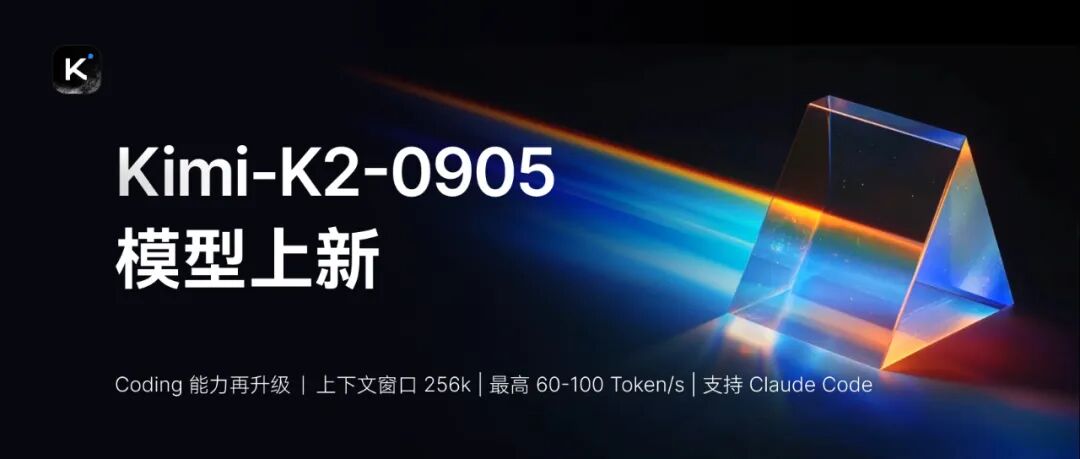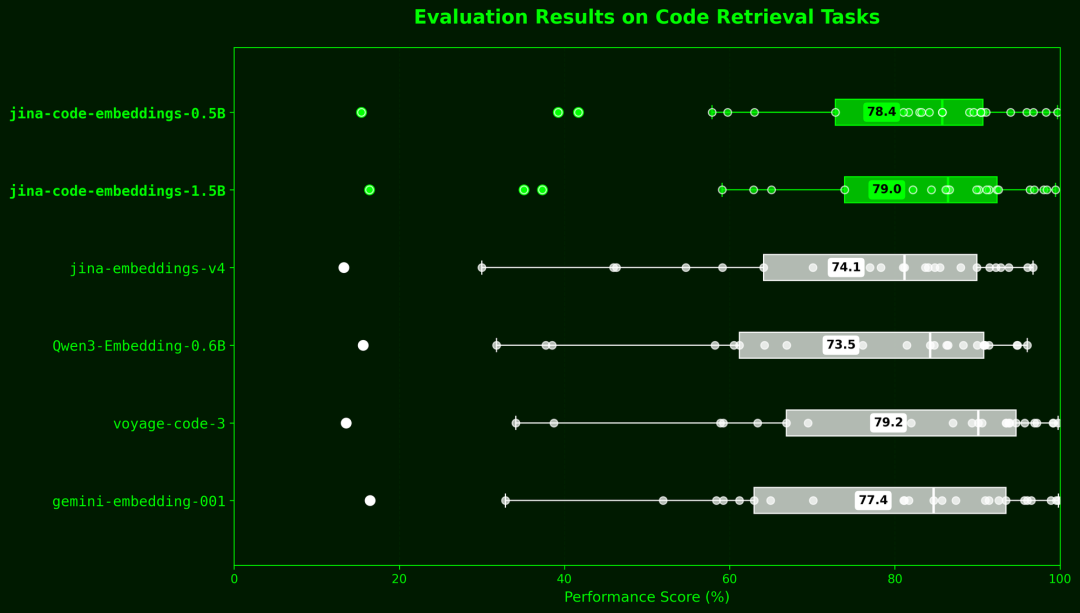
This article introduces EmbeddingGemma, an open, 308-million-parameter embedding model from Google, designed for high-performance on-device AI. It achieves state-of-the-art results for its size on the MTEB benchmark, supporting over 100 languages. Key features include flexible output dimensions via Matryoshka representation, a 2K token context window, and sub-200MB RAM usage with quantization, enabling offline operation on various devices. EmbeddingGemma is integrated with popular AI development tools and frameworks like LangChain and LlamaIndex. It empowers developers to build privacy-centric applications such as mobile-first RAG pipelines and semantic search, by generating high-quality embeddings directly on user hardware, enhancing retrieval accuracy for generative models like Gemma 3n. The article also provides resources for downloading, learning, and fine-tuning the model.







